Description
Finca Humana (the Human Farm) is the first thing you will hear about Café Organico Marcala, S.A. (COMSA) if you make your way to visit this cooperative in Marcala, Honduras. The wellbeing of humans is foundational to the COMSA philosophy and educating more than 1,500 producer-members to successfully live in harmony with nature is everywhere at COMSA.
It starts with the La Fortaleza, the COMSA biodynamic demonstration farm where the focus of transferring knowledge takes place through week- long seminars called Pata de Chucho (pawprints left by a stray dog), which aptly reveals COMSA’s dogged exploration for human productivity in harmony with nature.
The trailblazing ideas for using organic matter to productively cultivate high quality coffee is only a sliver of what COMSA teaches about the power of nature through the Finca Humana philosophy. COMSA dedicates significant funding from the proceeds of coffee sales to run a cutting-edge international school dedicated to filling children’s minds with possibility and training them to be the future leaders of Finca Humana.
What makes it so good? The fundamentals: traceability to the Marcala region, which is a protected designation of origin (DENOMINACION DE ORIGEN CAFE DE MARCALA); meticulous post-harvest hand sorting of cherry; cherry floating to remove less dense beans; long drying times; and a healthy dose of the COMSA philosophy and training.
Tasting Notes: A very nice example of a fruit forward natural. Clean enough cup for lighter roasts, where the tastes tend to shine. Stronger citric acidity, a medium body, plenty of red fruit notes and hints of a nutty/chocolaty undertone. Medium roasts will mellow the acidity and accentuate the chocolaty factor, less extreme and easier to drink but not as punchy of a cup. A bit easier cup to achieve roasting wise. Darker roasts are still very interesting with the two-tones of roast level. One still gets hints of acidity (very small) and a bit of fruity factor but also a ton of bitter-sweet smoky and chocolaty notes.
Roasting Notes: These beans are a little harder to hit those light roasts due to the uneven roasting, you might find yourself flicking a bean or two (maybe 3) if you love those traditional light roast points, but it’s worth it for most. Medium roasts have nice balance, and will be an easier roast to hit for most – look for a little sheen or sweat on the surface of some beans, then cool it out. Darker roasts also pretty easy to hit, just wait for a clear sign of second crack and cool it out. Not recommended for much darker than that.
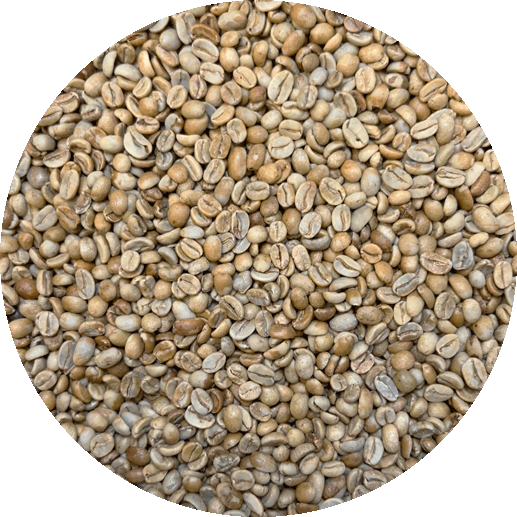
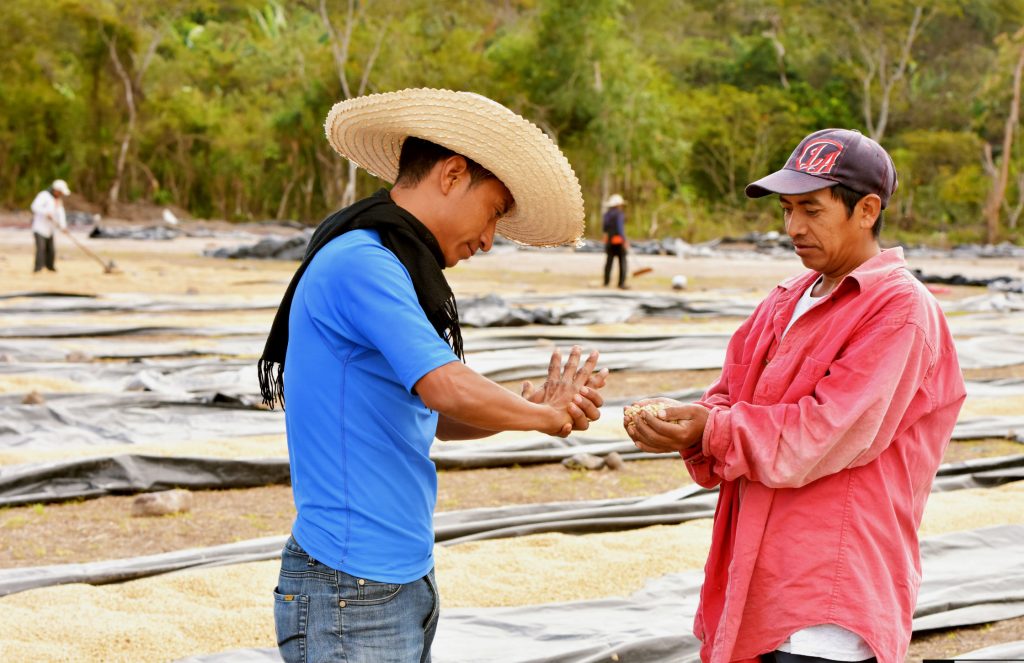
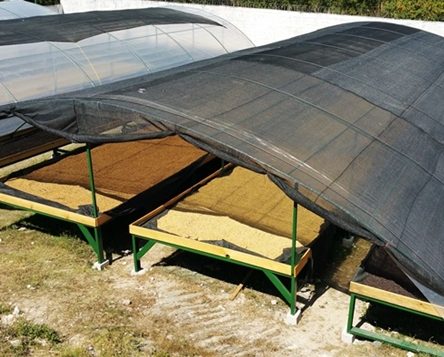
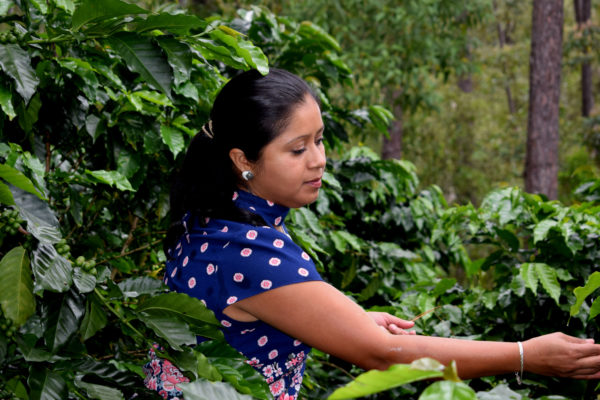
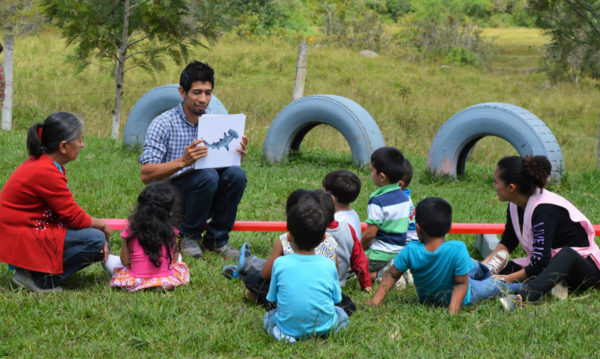
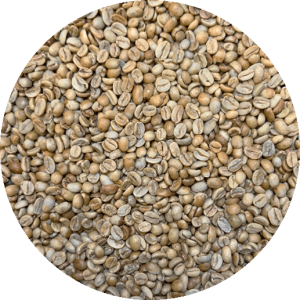
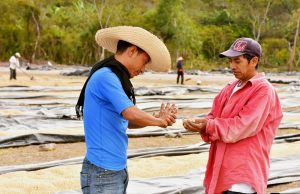
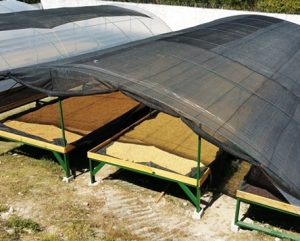
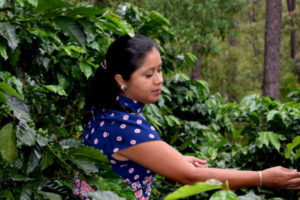
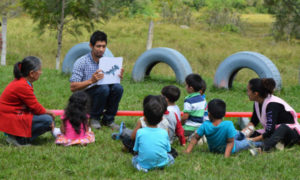
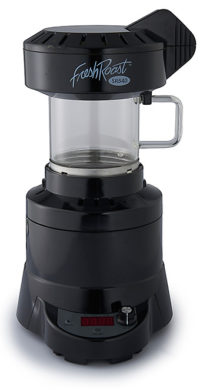
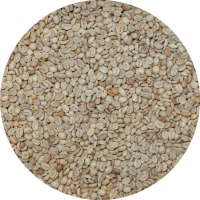
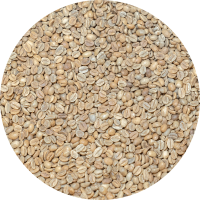
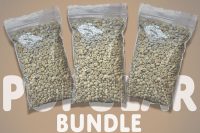

Reviews
There are no reviews yet.